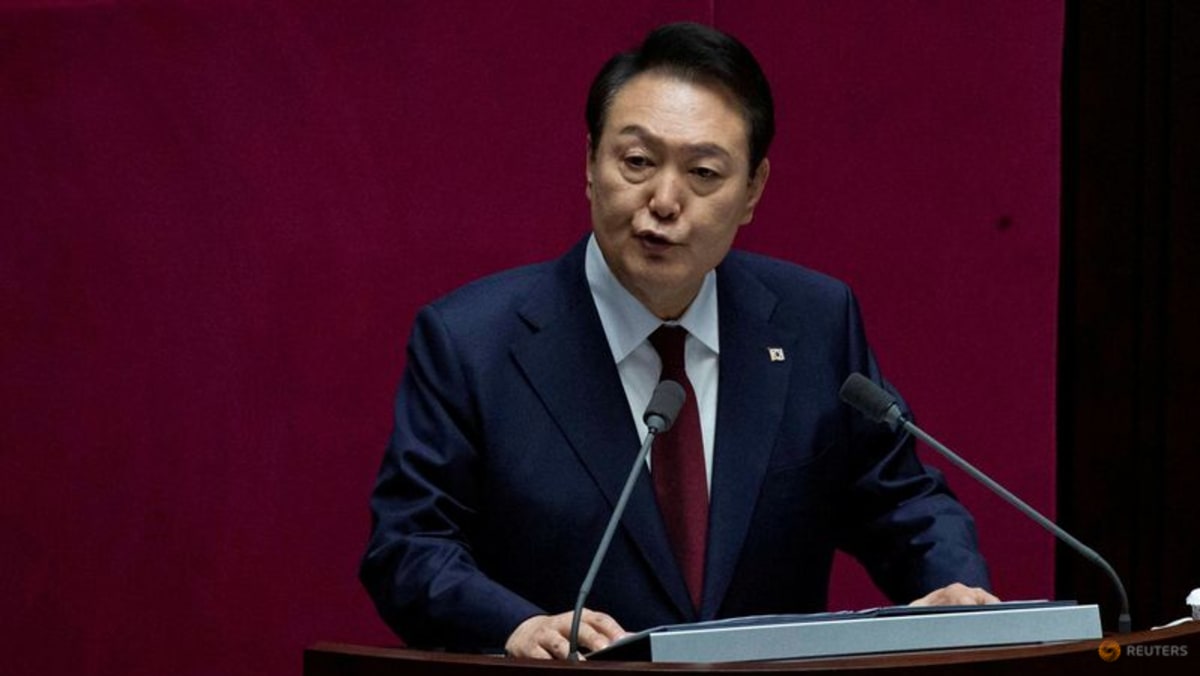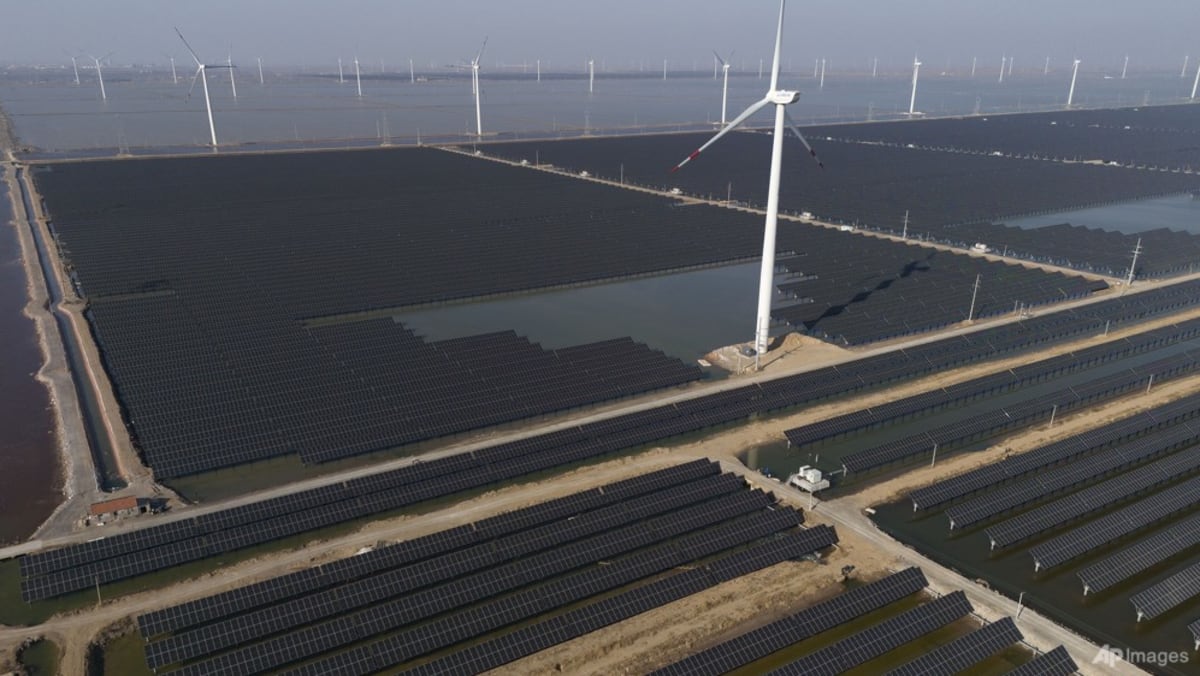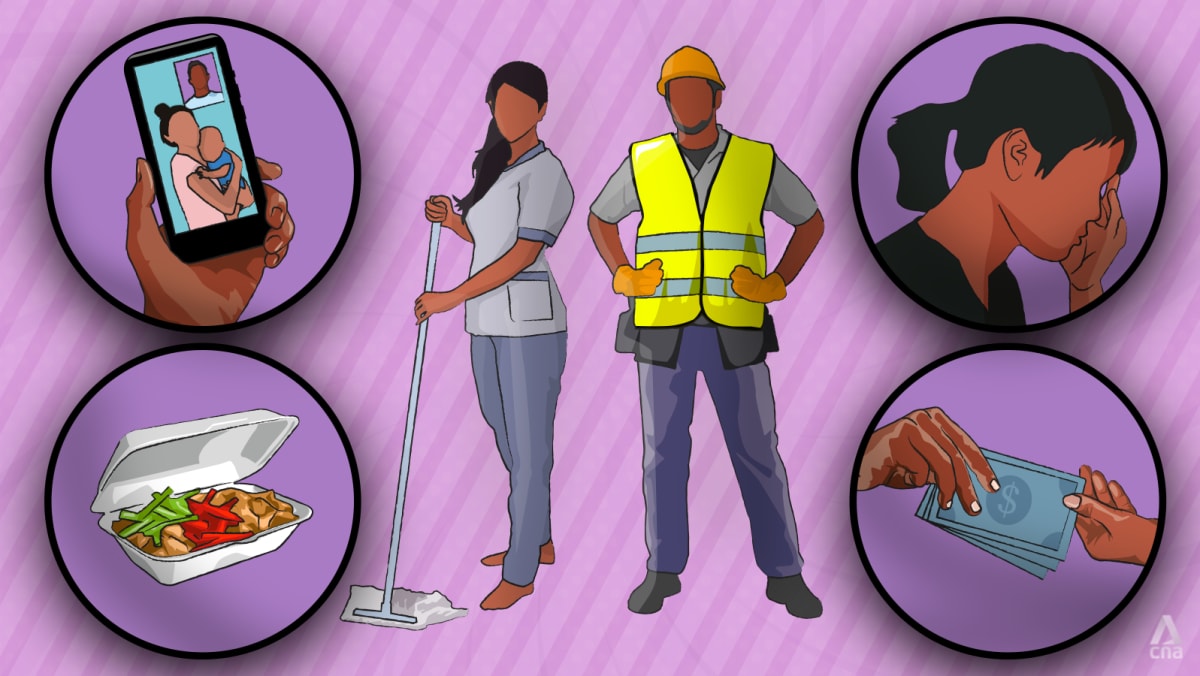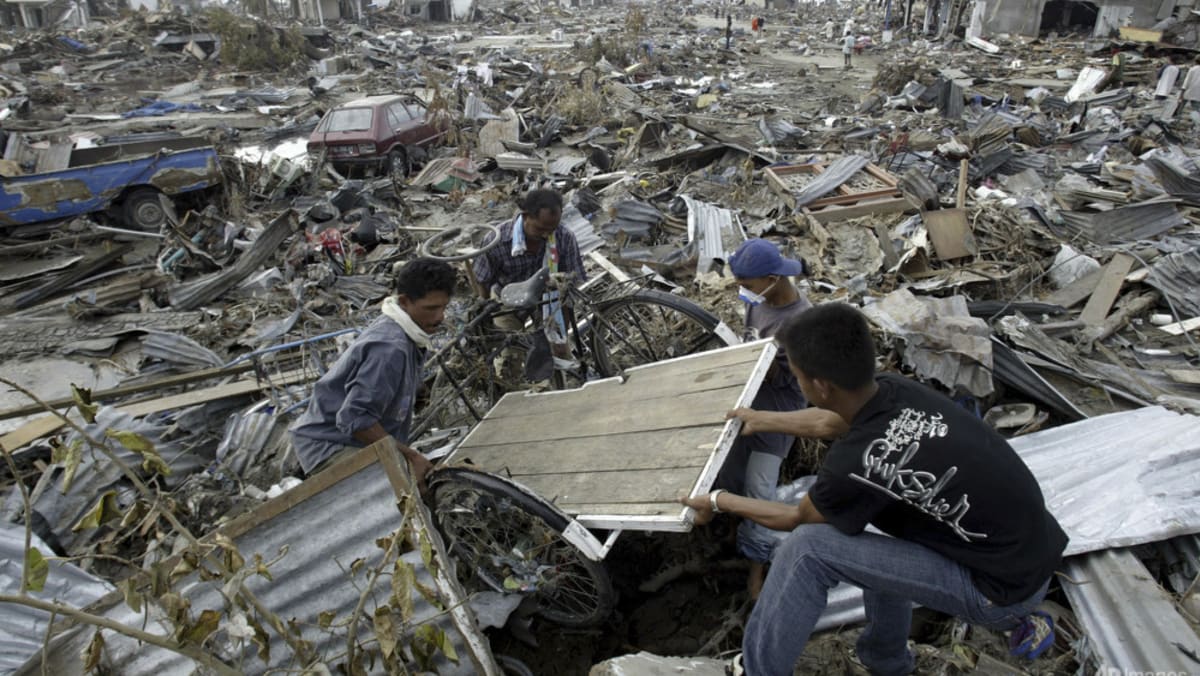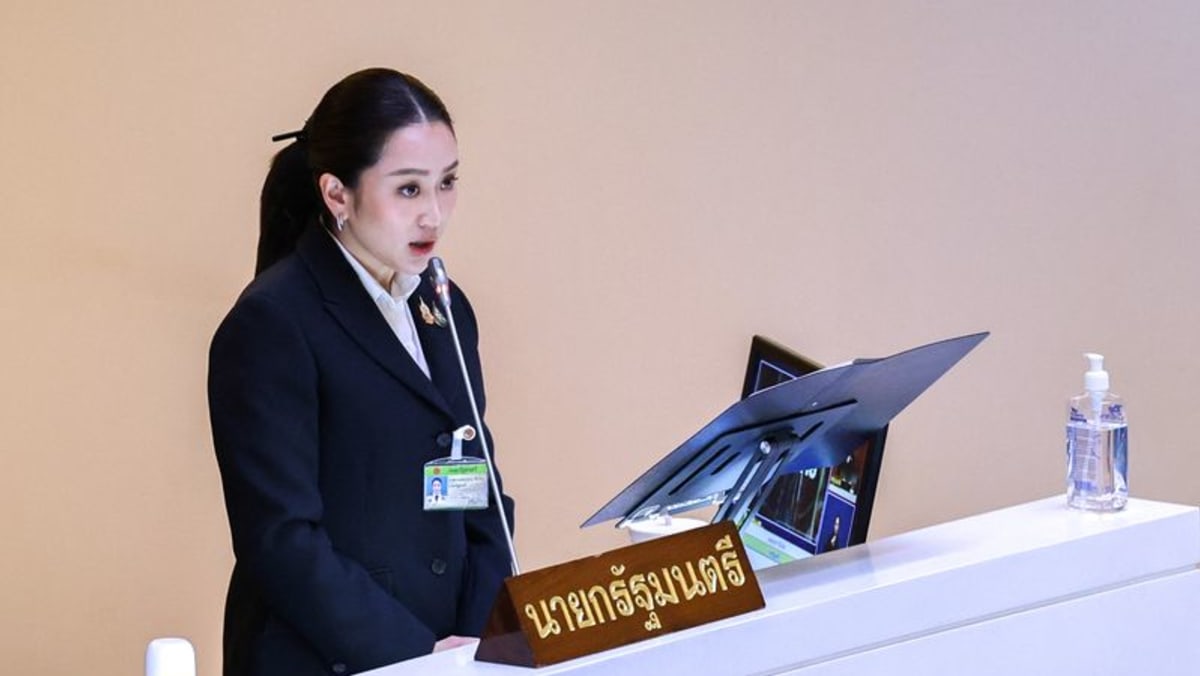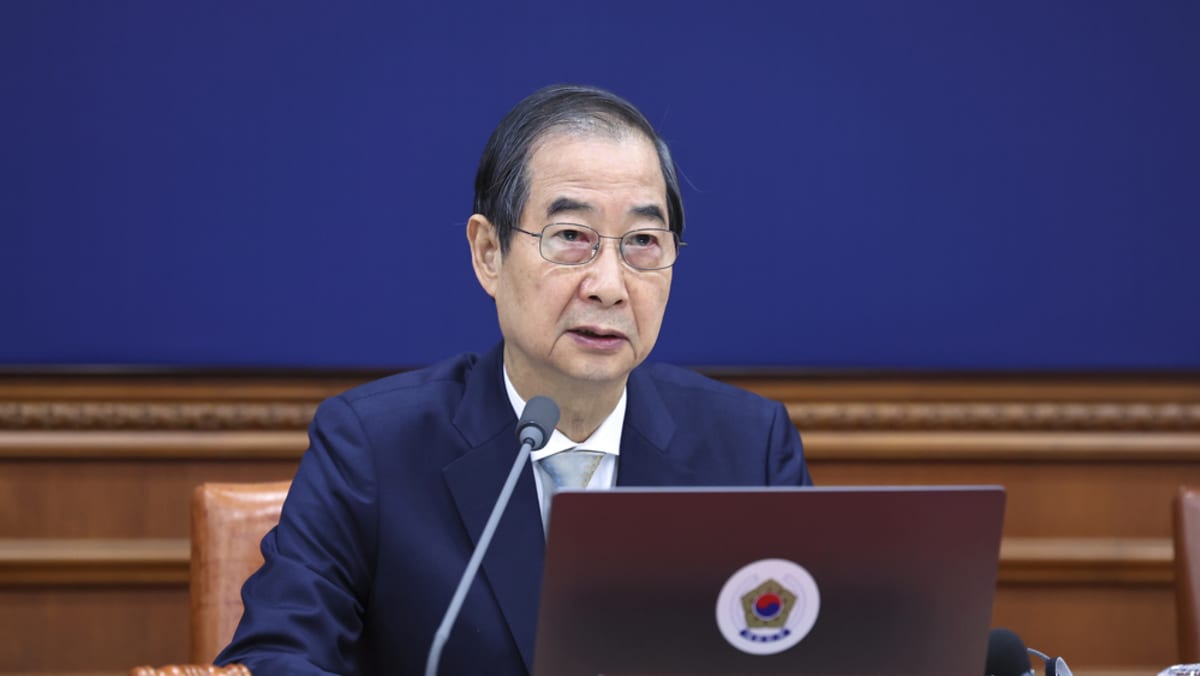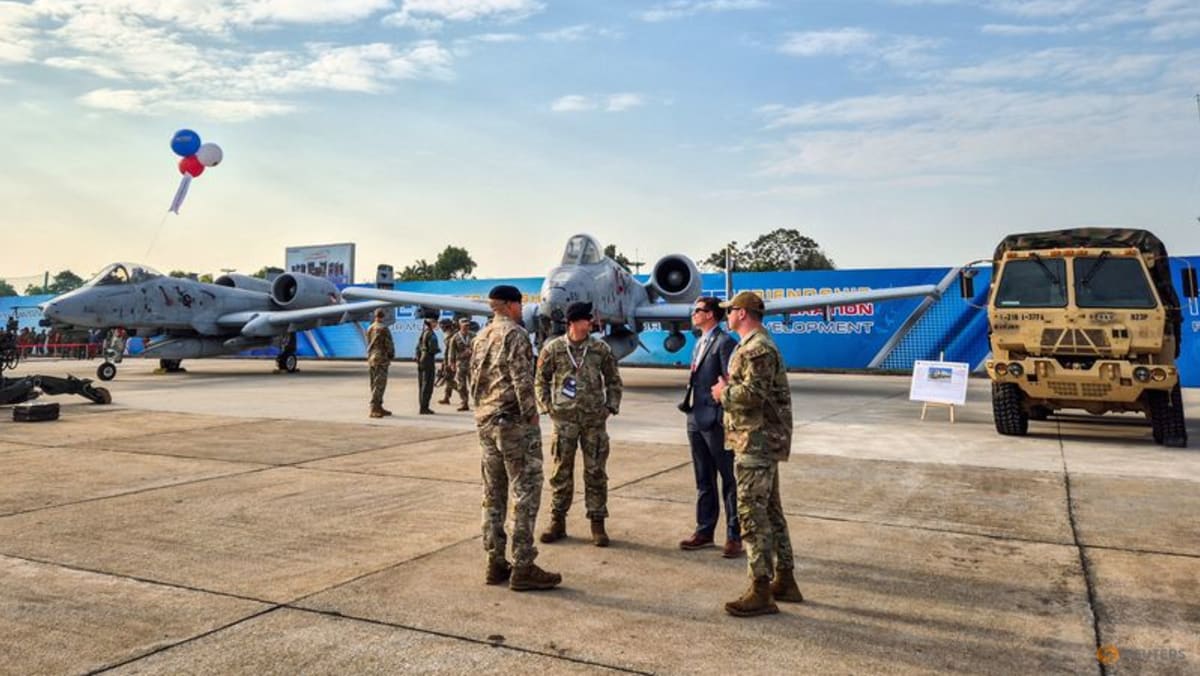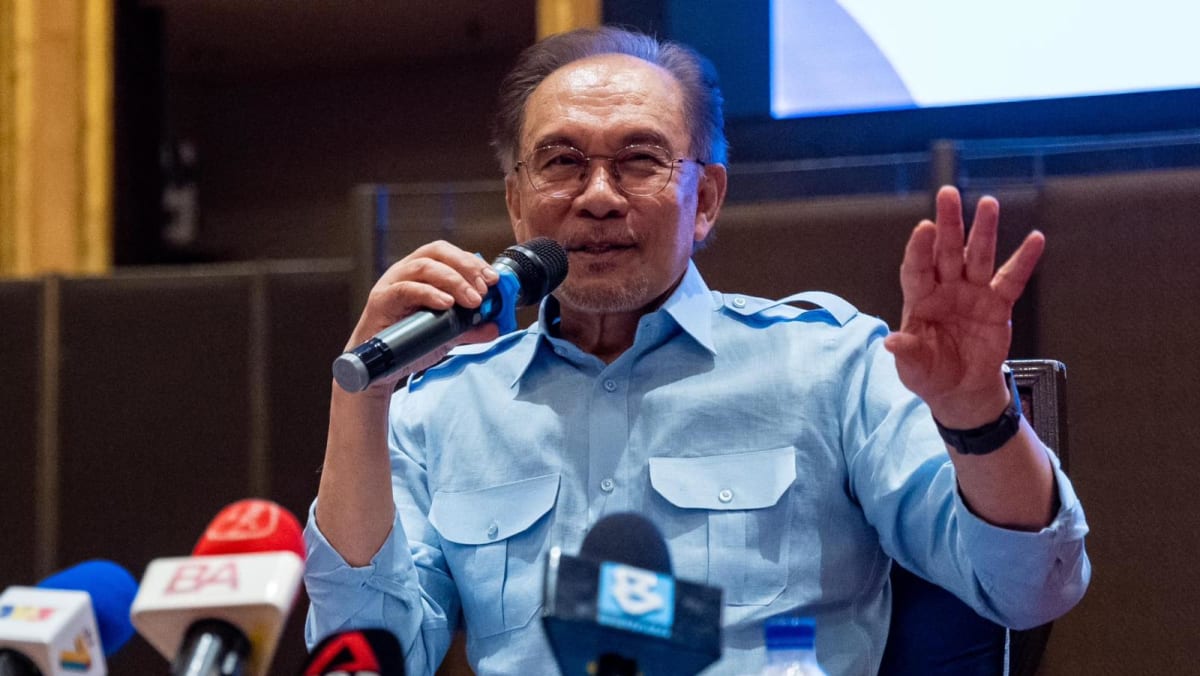IN FOCUS: As Indonesia and Malaysia flag carriers navigate post-COVID recovery, analysts warn of storms ahead
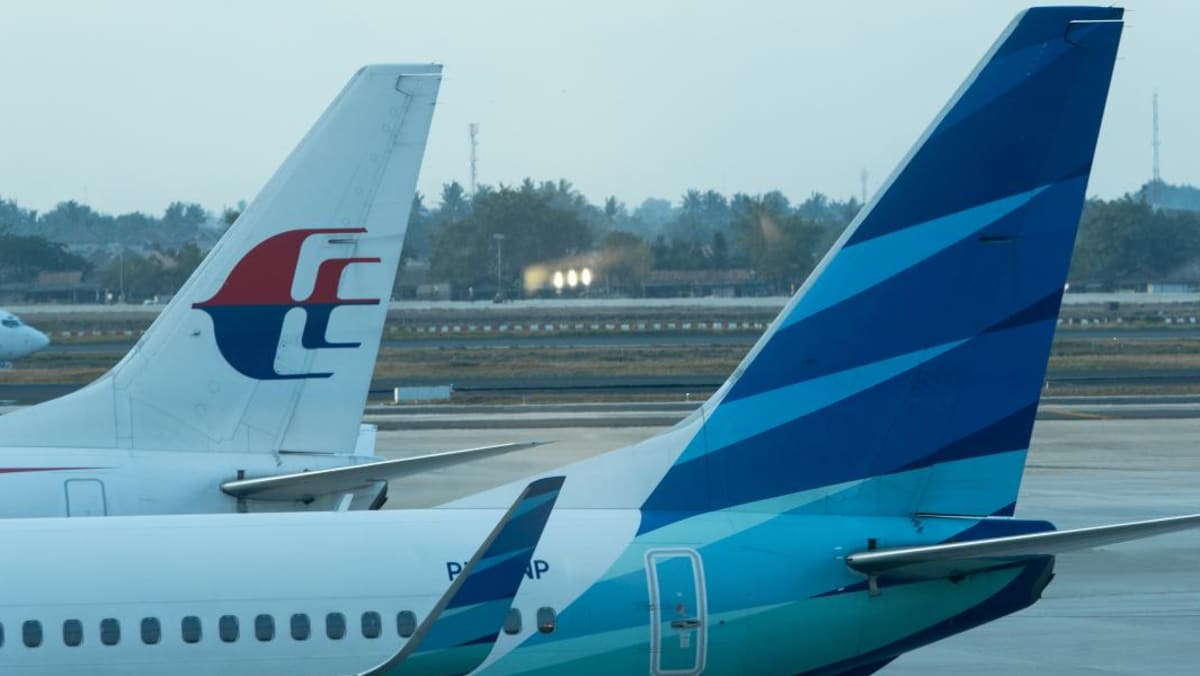
Shukor, the analyst, said these problems could be traced to MAB’s external vendors and that the airline needed a “complete change” of its outsourced services.
In-flight entertainment on domestic routes, for instance, has been a “biggest disappointment” for oil and gas executive Fashran Fauzi, who flies MAB from Kuala Lumpur to Kuala Terengganu for work about thrice a month.
“There is no difference from low-cost airlines. Food-wise for economy (class), it does not make the experience any better,” the 38-year-old told CNA.
MAG’s Izham, who is also MAB chief, said the airline has prioritised improving 10 key aspects of its customer experience ranging from check-in processes to in-flight food and beverage services.
MAB has also gone after underperforming staff, said the analyst Sobie, with Shukor adding that the airline could afford to be even “leaner”.
“Malaysia Airlines is still overstaffed despite having reduced its fleet size due to COVID-19. That means its ratio of workers per aircraft has risen, which will impact the bottomline,” Shukor said.
But weeding out “dead wood” would be a “politically sensitive” move, he added. “In the past the government of the day was reluctant to shed people at government-linked companies, such as Malaysia Airlines, on concern it may hurt the vote bank during elections.”
DARK CLOUDS ON THE HORIZON
Beyond such internal decisions, a litany of other challenges await airlines in the region in the coming year, analysts warned.
For one, costs are expected to return in the form of higher aircraft lease payments after MAB deferred some of these payments as part of its restructuring, said Sobie. “You have overall issues like inflation, and a strong US dollar which is putting pressure on cost increases.”
The Malaysian flag carrier also faces intensifying competition – including from two new entrants SKS Airways and MYAirline – and their ambitious expansion plans.
Malaysia’s plan to redevelop and reopen Subang Airport in suburban Kuala Lumpur to handle narrow-body jets will also create more competition for MAB and force it to split operations from its traditional hub at KL International Airport, said Sobie.
“You’ll see pressure on airfares to come back down and you’ll see low fares again in Malaysia,” he noted.
But Izham and his Garuda counterpart Setiaputra said they were unfazed by competition from low-cost carriers, with both adding that their focus was on capturing the premium market.
Enter dominant, full-service neighbour Singapore Airlines as a rival – but not quite, said Sobie.
Every airline is positioned differently in the market, and Garuda and MAB should recognise that they are not competing with SIA, according to the aviation consultant.
He pointed out that while SIA is “all international”, the Indonesian and Malaysian flag carriers are “smaller regional players” that have dropped almost all of their long-haul operations – and have domestic markets to cater to.
Source: CNA


